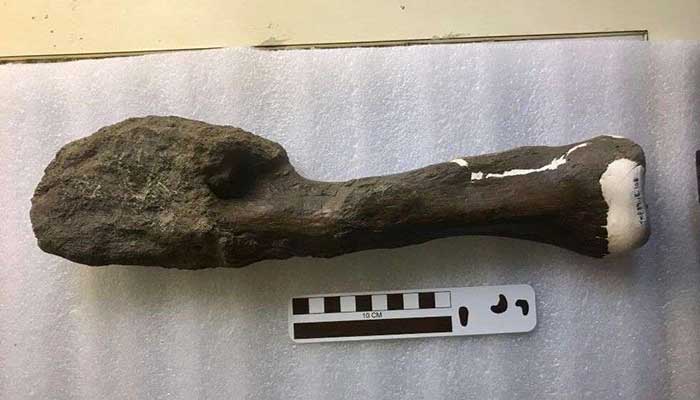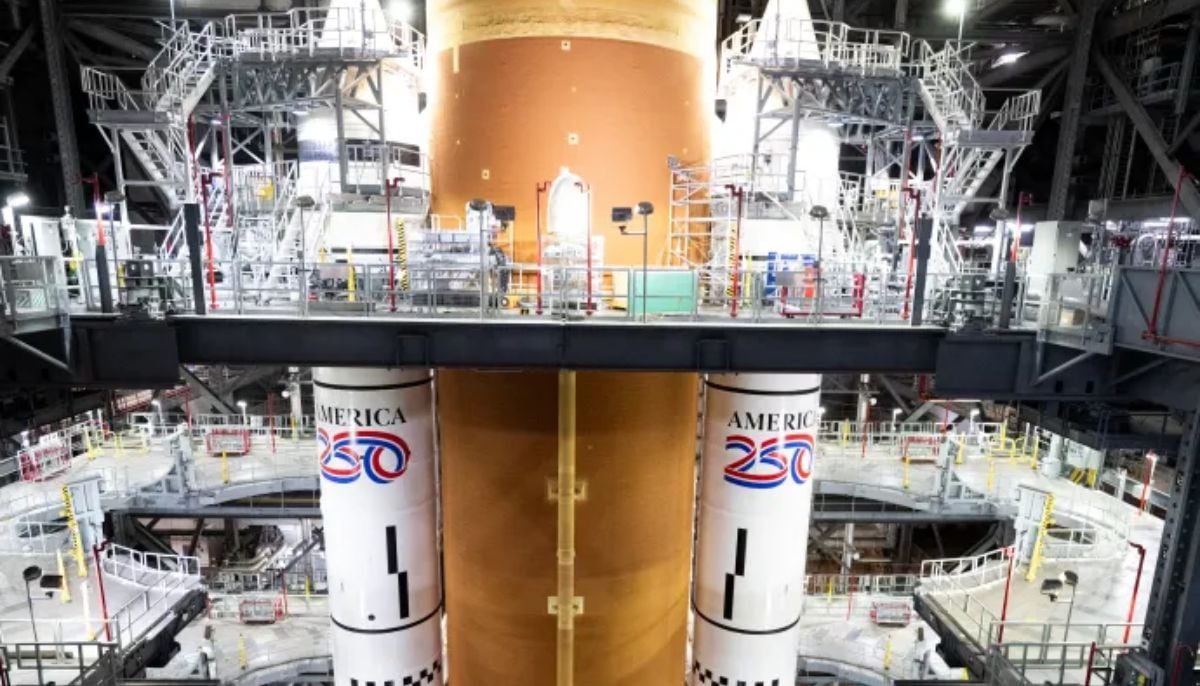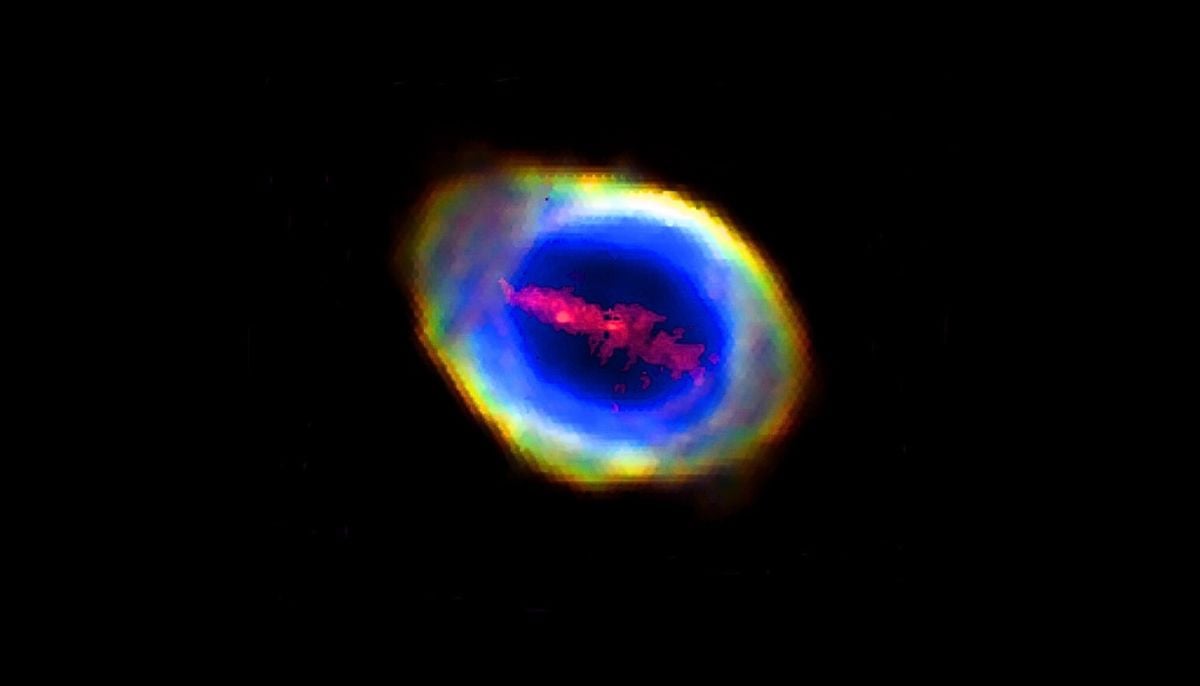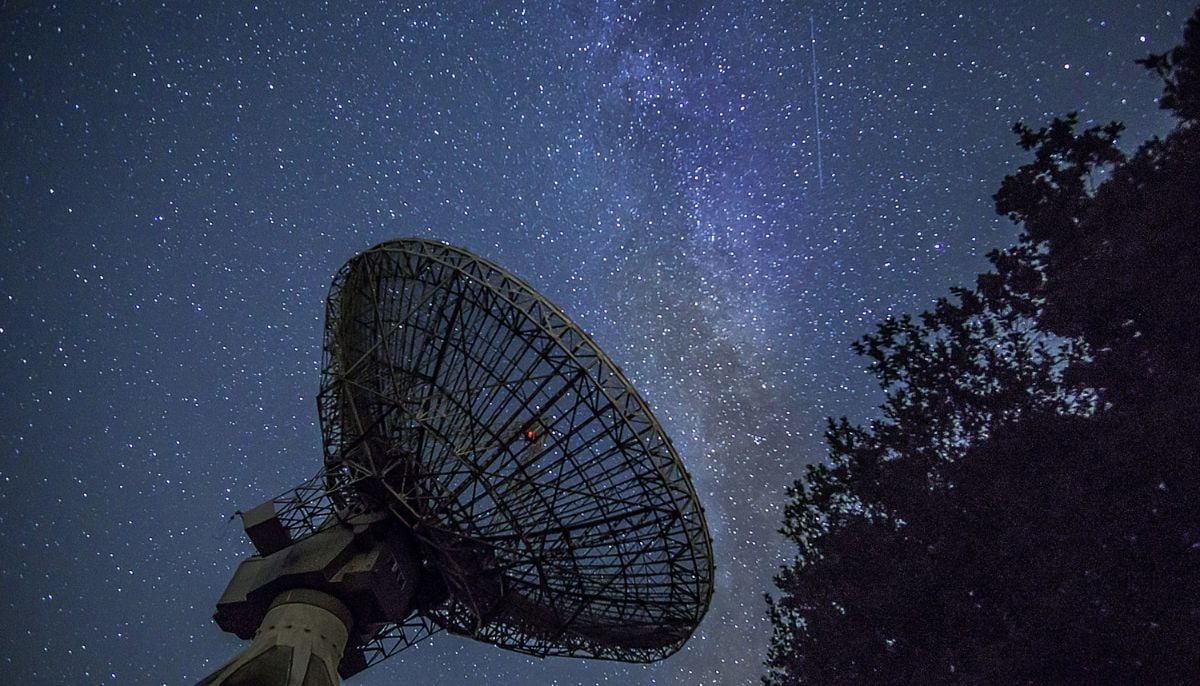New study suggests dinosaurs got cancer too
Researchers sifted through hundreds of samples of abnormal bones to find bone with a tumour
OTTAWA: A new study shows first known case of cancer in Dinosaurs indicates that they suffered from the debilitating disease as well.
A badly malformed Centrosaurus leg bone unearthed in the Alberta, Canada badlands in 1989 had originally been thought by paleontologists to be a healed fracture.
But a fresh examination of the growth under a microscope and using a technique also employed in human cancer care determined it was actually a malignant tumor.
"The cancer discovery makes dinosaurs more real," study co-author Mark Crowther told AFP.
"We often think of them as mythical creatures, robust and stomping around, but (the diagnosis shows) they suffered from diseases just like people."
The findings were published in the August issue of The Lancet Oncology.
Most cancers occur in soft tissues, which are not well-preserved in fossil records, noted Crowther, a dinosaur enthusiast and chair of McMaster University's medical faculty in Canada.
"Oddly enough, under a microscope it looked a lot like human Osteosarcoma," he said.
"It's fascinating that this cancer existed tens of millions of years ago and still exists today."
Osteosarcoma is an aggressive bone cancer that still afflicts about three out of one million people each year.
'Just part of life'
In this horned herbivore that lived 76 million to 77 million years ago it had metastasised and likely hobbled the giant lizard, the researchers said in the study.
But neither the late-stage cancer nor a predator looking to make a meal out of slow and weak prey is believed to have killed it.
Because its bones were discovered with more than 100 others from the same herd, the researchers said, it's more likely they all died in a sudden disaster such as a flood, and that prior to this catastrophe the herd protected the lame dinosaur, extending its life.
Lead researchers Crowther and David Evans, curator of vertebrate paleontology at the Royal Ontario Museum in Toronto, and their team sifted through hundreds of samples of abnormal bones at the Royal Tyrrell Museum in Drumheller, Alberta, to find the bone with a tumour, which is about the size of an apple.
The team also used high-resolution computed tomography (CT) scans, a multidisciplinary diagnostic technique used in human cancer care.
Crowther said dinosaurs would probably have been at higher risk of Osteosarcoma, which affects youths with fast-growing bones, because they grew very quickly and big.
"In terms of the biology of cancer," he said, "you often hear about environmental, dietary and other causes of cancer. Finding a case from more than 75 million years ago you realize it's just a part of life."
"You have an animal that surely wasn't smoking (a leading cause of cancer in humans) and so it shows that cancer is not a recent invention, and that it's not exclusively linked to our environment."
-
Startup aims to brighten night skies with space mirrors
-
'Harry Potter' star Brendan Gleeson reluctantly addresses JK Rowling's trans views
-
Bamboo: World’s next sustainable ‘superfood’ hiding in plain sight
-
NASA Artemis II rocket heads to the launch pad for a historic crewed mission to the Moon
-
Blood Moon: When and where to watch in 2026
-
Elon Musk’s Starlink rival Eutelsat partners with MaiaSpace for satellite launches
-
Blue Moon 2026: Everything you need to know
-
Scientists unravel mystery of James Webb’s ‘little red dots’ in deep space












